Home>Gardening & Outdoor>Landscaping Ideas>How To Turf Grass
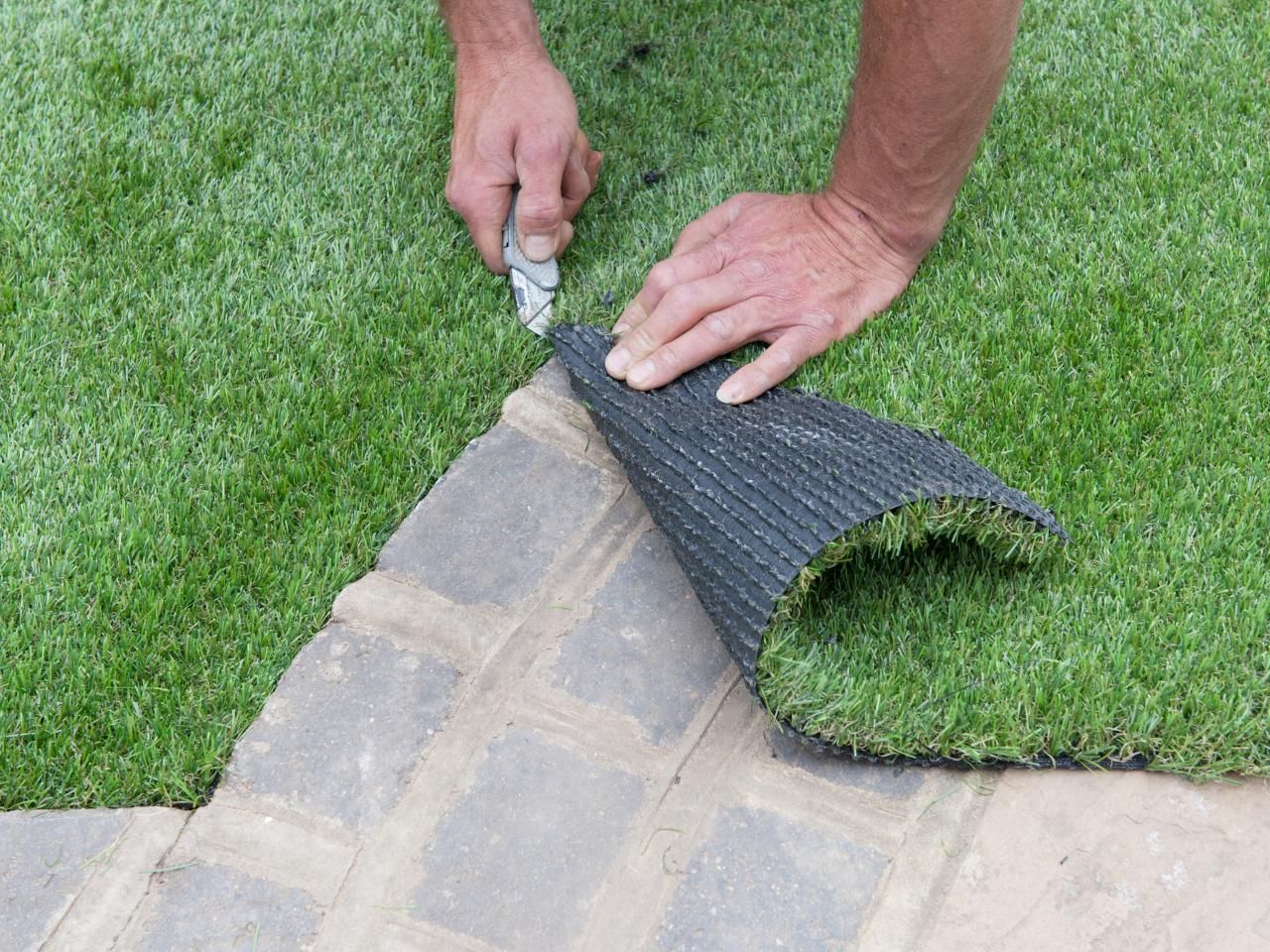

Landscaping Ideas
How To Turf Grass
Published: January 26, 2024
Learn how to turf grass with our expert landscaping ideas. Transform your outdoor space with our step-by-step guide to creating a lush, green lawn.
(Many of the links in this article redirect to a specific reviewed product. Your purchase of these products through affiliate links helps to generate commission for Storables.com, at no extra cost. Learn more)
Introduction
So, you've decided to transform your yard into a lush, vibrant oasis of greenery. Congratulations! A well-maintained lawn not only enhances the aesthetics of your property but also provides a welcoming space for outdoor activities. Whether you envision hosting weekend barbecues, playing catch with the kids, or simply enjoying a peaceful retreat, a healthy lawn sets the stage for it all.
Embarking on this landscaping journey requires patience, dedication, and a bit of know-how. In this comprehensive guide, we'll delve into the art of turfing grass, from selecting the right grass species to maintaining its pristine condition. By the end, you'll be equipped with the knowledge to nurture a verdant carpet of grass that will be the envy of the neighborhood.
Let's dive in and explore the essential steps to achieve a stunning lawn that will leave you basking in the beauty of your outdoor sanctuary.
Key Takeaways:
- Choose the right grass for your climate, usage, and maintenance level to create a thriving lawn that suits your specific needs and enhances your outdoor space.
- Proper soil preparation, watering, and maintenance are essential for nurturing a healthy and resilient lawn that will be the envy of the neighborhood.
Read more: How To Clean Turf Grass
Choosing the Right Grass
Before diving into the turfing process, it’s crucial to select the right type of grass that thrives in your specific climate and meets your lawn’s unique requirements. Various grass species have distinct characteristics, such as drought resistance, shade tolerance, and maintenance needs. Here are some factors to consider when choosing the perfect grass for your lawn:
- Climate: Assess the climate of your region to determine if you need warm-season or cool-season grass. Warm-season grasses, like Bermuda and Zoysia, flourish in hot climates, while cool-season grasses, such as Kentucky bluegrass and fescue, are suited for cooler temperatures.
- Usage: Consider how your lawn will be used. If it’s a high-traffic area where children and pets play, opt for a durable grass variety that can withstand heavy footfall.
- Shade Tolerance: Evaluate the amount of sunlight your lawn receives. For shady areas, select grass species specifically designed to thrive in low-light conditions.
- Maintenance Level: Determine the amount of time and effort you’re willing to invest in lawn maintenance. Some grass types require frequent mowing and intensive care, while others are more low-maintenance.
Consult with local landscaping experts or garden centers to gain insights into the best grass options for your area. By carefully considering these factors, you can make an informed decision that sets the stage for a thriving lawn.
Preparing the Soil
Creating an optimal environment for your grass to take root is a crucial step in the turfing process. Proper soil preparation sets the foundation for healthy growth and long-term vitality. Here’s a guide to preparing the soil for your new lawn:
- Clear the Area: Begin by removing any existing vegetation, such as weeds or old grass. Use a shovel or sod cutter to clear the area thoroughly, ensuring a clean slate for your new lawn.
- Soil Testing: Conduct a soil test to assess its pH level and nutrient composition. This information will guide you in determining any necessary amendments to optimize the soil for grass growth.
- Aeration: If the soil is compacted, consider aerating it to improve air circulation and water absorption. Aerating the soil promotes healthy root development and overall lawn vigor.
- Adding Organic Matter: Incorporate organic matter, such as compost or well-rotted manure, into the soil to enhance its structure and fertility. This step contributes to improved moisture retention and nutrient availability for the grass.
- Leveling the Surface: Smooth out the soil surface with a rake to create a uniform and level base for seeding or laying sod. This step ensures even growth and a professional-looking lawn.
By meticulously preparing the soil, you’re creating an environment that optimizes the chances of your grass thriving. Investing time and effort in this foundational stage sets the stage for a resilient and flourishing lawn for years to come.
Seeding or Laying Sod
With the soil primed and ready, it’s time to decide whether to seed your lawn or opt for the convenience of laying sod. Each method has its own advantages and considerations, so let’s explore the key aspects of seeding and laying sod:
- Seeding: Seeding your lawn offers a cost-effective and diverse range of grass options. It’s an ideal choice for large areas and allows for greater customization in selecting grass varieties that suit your specific needs. To ensure successful germination, follow proper seeding techniques, including adequate watering and protection from birds and other potential disturbances.
- Laying Sod: Opting for sod provides an instant, lush lawn without the waiting period required for seed germination. While it involves a higher initial cost, laying sod offers immediate gratification and a well-established grass surface. Proper installation and post-laying care, including thorough watering, are essential for the sod to take root and thrive.
Regardless of the method you choose, it’s crucial to follow best practices for seeding or sod installation. Proper soil contact, adequate moisture, and protection from external factors are vital for the success of your turfing endeavor. Whether you opt for the patience of seeding or the instant appeal of sod, your careful approach will yield a stunning lawn that enhances your outdoor space.
Tip: When turfing grass, make sure to prepare the soil by removing any debris and weeds. Then, lay the turf in a staggered pattern to avoid gaps. Water the turf immediately after laying and regularly until it establishes.
Watering and Fertilizing
After seeding or laying sod, the next critical steps involve proper watering and fertilization to nurture your grass to maturity. These ongoing practices play a pivotal role in establishing a healthy and resilient lawn. Here’s a guide to effective watering and fertilizing:
- Watering: Newly seeded areas require consistent moisture to support germination and early growth. Keep the soil evenly moist, avoiding excessive pooling or drying out. For sodded areas, ensure thorough watering to facilitate root establishment. As the grass matures, transition to a deep and infrequent watering schedule to promote deep root growth and drought resistance.
- Fertilizing: Understanding your grass’s nutrient needs is essential for providing the right fertilization regimen. Choose a high-quality, balanced fertilizer and apply it according to the specific requirements of your grass type. Early spring and fall are optimal times for fertilization to bolster root development and overall resilience.
- Seasonal Adjustments: Adapt your watering and fertilization practices to align with seasonal changes. During periods of heat or drought, increase watering frequency to prevent stress on the grass. Similarly, adjust your fertilization schedule based on the grass’s growth patterns and seasonal nutrient demands.
By maintaining a diligent watering and fertilization routine, you’re nurturing your lawn’s health and vitality, ensuring lush, green growth and long-term resilience. Consistent care and attention to these essential practices will result in a thriving lawn that enhances your outdoor space for years to come.
Read more: How To Cut Turf Grass
Mowing and Maintenance
Once your grass has established itself, regular mowing and maintenance are essential to keep it looking pristine and healthy. Proper mowing techniques and consistent upkeep contribute to the overall well-being of your lawn. Here’s a comprehensive overview of mowing and maintenance practices:
- Correct Mowing Height: Set your mower blade to the appropriate height for your grass species. Mowing too short can stress the grass and make it more susceptible to weeds and diseases. Conversely, allowing the grass to grow too tall can lead to thatch buildup and a less manicured appearance.
- Sharp Mower Blades: Ensure that your mower blades are sharp to achieve clean, precise cuts. Dull blades can tear the grass, leading to a ragged and uneven appearance while also making the grass more susceptible to stress and disease.
- Mowing Frequency: Adhere to a regular mowing schedule based on the growth rate of your grass. Avoid removing more than one-third of the grass blade length in a single mowing session to prevent shock and stress on the grass.
- Maintenance Tasks: Beyond mowing, regular maintenance tasks such as edging, aerating, and dethatching contribute to a well-groomed and healthy lawn. Edging along sidewalks and driveways provides a clean, manicured look, while aeration and dethatching promote air and water penetration into the soil, fostering robust root development.
By embracing proper mowing techniques and consistent maintenance, you’re fostering a vibrant and resilient lawn that elevates the beauty of your outdoor space. These practices not only contribute to a visually appealing lawn but also enhance its overall health and longevity.
Dealing with Common Issues
Even with meticulous care, your lawn may encounter common issues that require attention and proactive management. Understanding and addressing these challenges promptly can prevent them from escalating and impacting the overall health of your grass. Here’s a guide to dealing with common lawn issues:
- Weeds: Regularly inspect your lawn for weeds and address them promptly. Consider targeted weed control methods, such as hand-pulling or spot treatments, to prevent weed infestations from spreading.
- Pests: Keep an eye out for signs of pest infestations, such as discolored or damaged patches of grass. Implement integrated pest management strategies, including natural predators and targeted treatments, to mitigate pest damage effectively.
- Diseases: Recognize common lawn diseases, such as brown patch or dollar spot, and take preventive measures, including proper watering and ventilation, to minimize disease occurrence. In the event of an outbreak, consider fungicidal treatments to address the issue.
- Compacted Soil: Address soil compaction by aerating the lawn to improve air and water penetration. This process alleviates compaction, promotes root growth, and enhances overall lawn vigor.
- Thatch Buildup: Monitor thatch accumulation and dethatch the lawn when necessary to prevent it from impeding water and nutrient absorption. Dethatching promotes a healthy growing environment for the grass.
By staying vigilant and promptly addressing common lawn issues, you can preserve the health and beauty of your grass, ensuring that it remains a vibrant and inviting outdoor space for relaxation and recreation.
Conclusion
Congratulations on embarking on the journey to transform your outdoor space into a lush, thriving oasis of greenery. By delving into the art of turfing grass, you’ve gained valuable insights into the essential steps for cultivating a stunning lawn that serves as the centerpiece of your landscape. From selecting the right grass species to implementing proper maintenance practices, you’ve equipped yourself with the knowledge and skills to nurture a vibrant and resilient lawn.
As you tend to your grass, remember that patience and consistency are key virtues in achieving and maintaining a healthy lawn. Embrace the joy of watching your grass flourish and evolve, knowing that your dedicated care is the foundation of its beauty and vitality.
Whether you’re hosting gatherings, enjoying leisurely strolls, or simply basking in the beauty of your outdoor sanctuary, your lush lawn will be a source of pride and relaxation. Embrace the journey of turfing grass as a fulfilling endeavor that enriches your outdoor lifestyle and enhances the aesthetic appeal of your property.
As you continue to nurture your lawn, cherish the moments spent in its refreshing embrace, and take pride in the inviting and vibrant outdoor space you’ve created. Your dedication to cultivating a stunning lawn will be rewarded with a captivating and enduring natural masterpiece.
Frequently Asked Questions about How To Turf Grass
Was this page helpful?
At Storables.com, we guarantee accurate and reliable information. Our content, validated by Expert Board Contributors, is crafted following stringent Editorial Policies. We're committed to providing you with well-researched, expert-backed insights for all your informational needs.
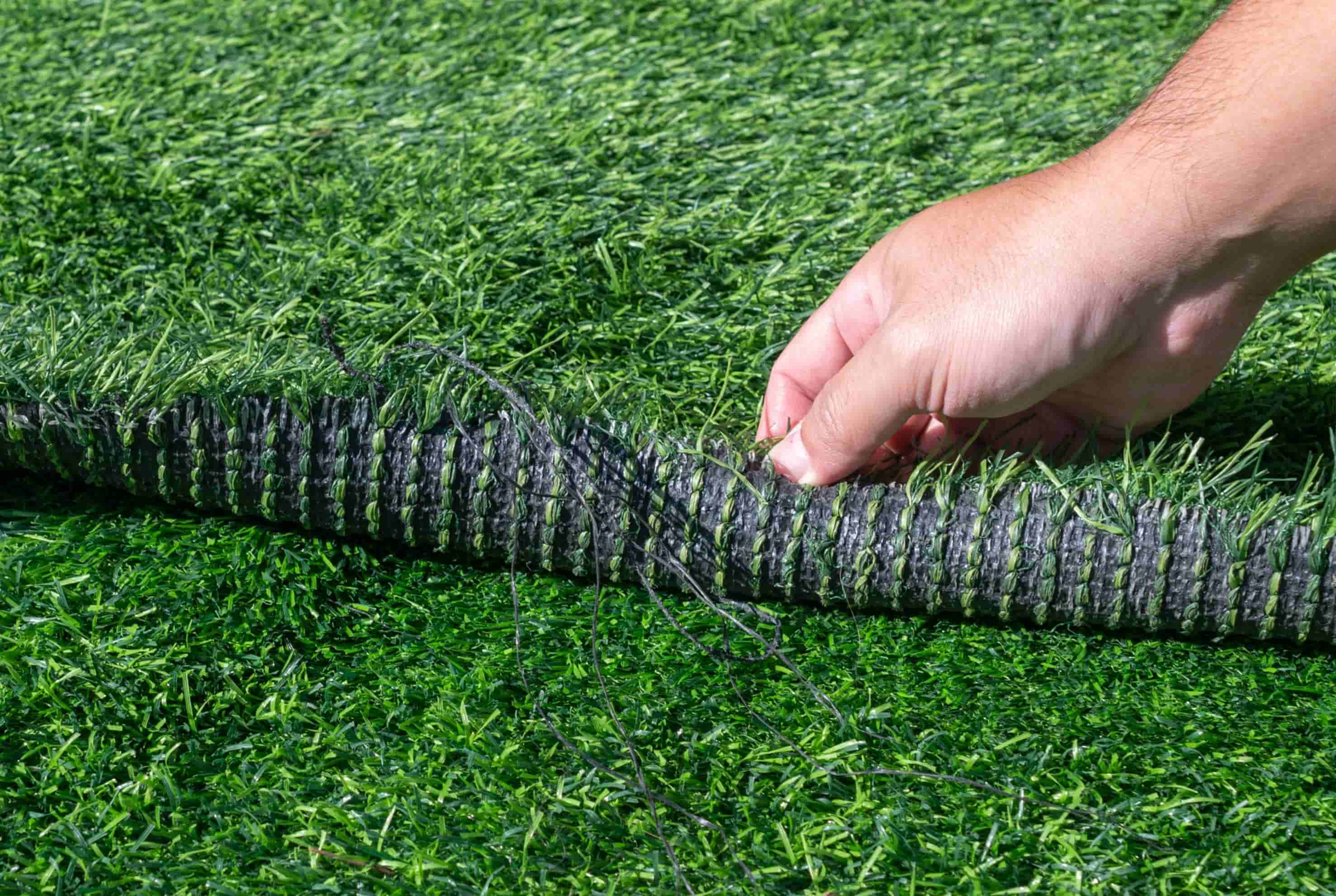
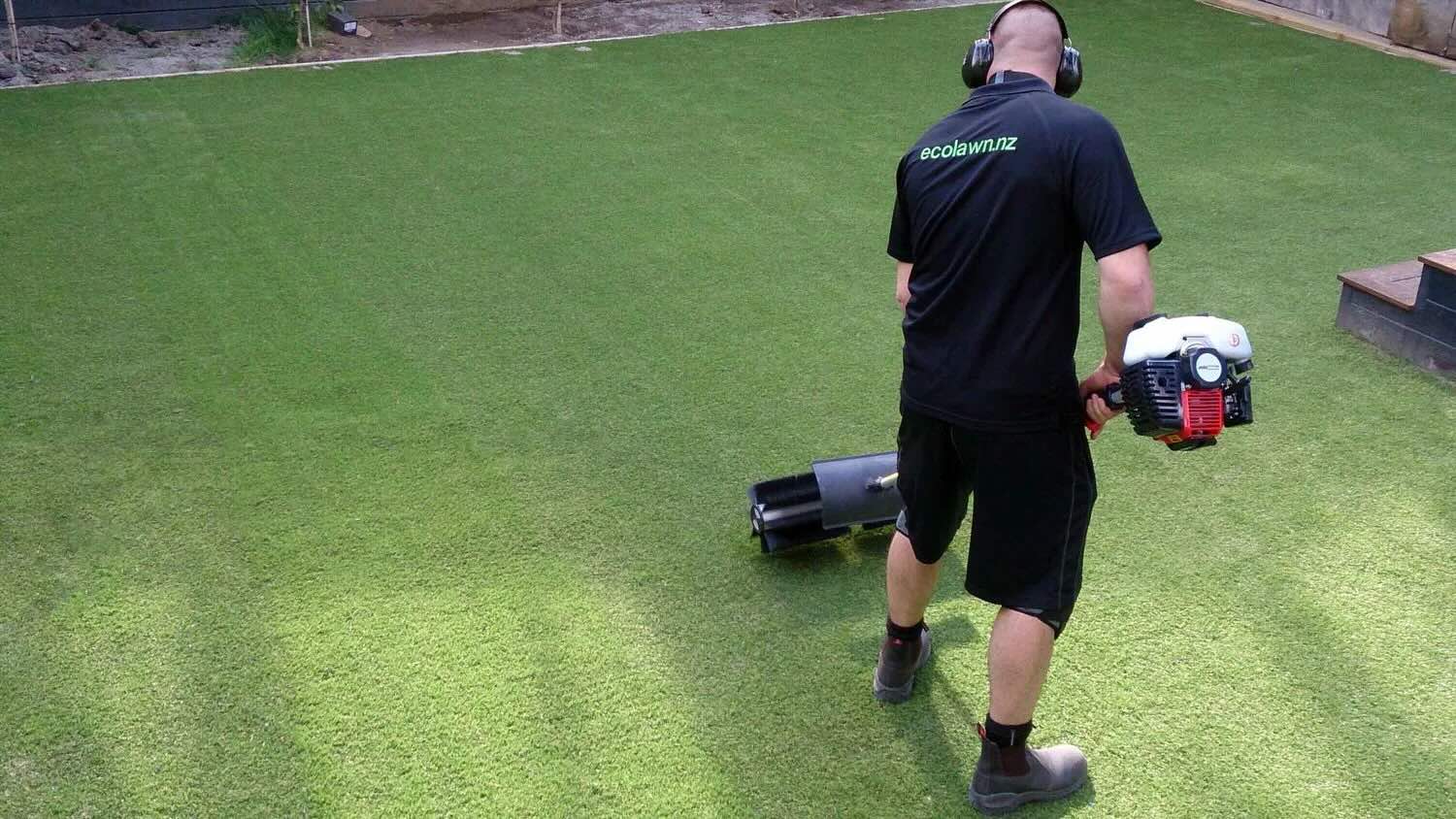
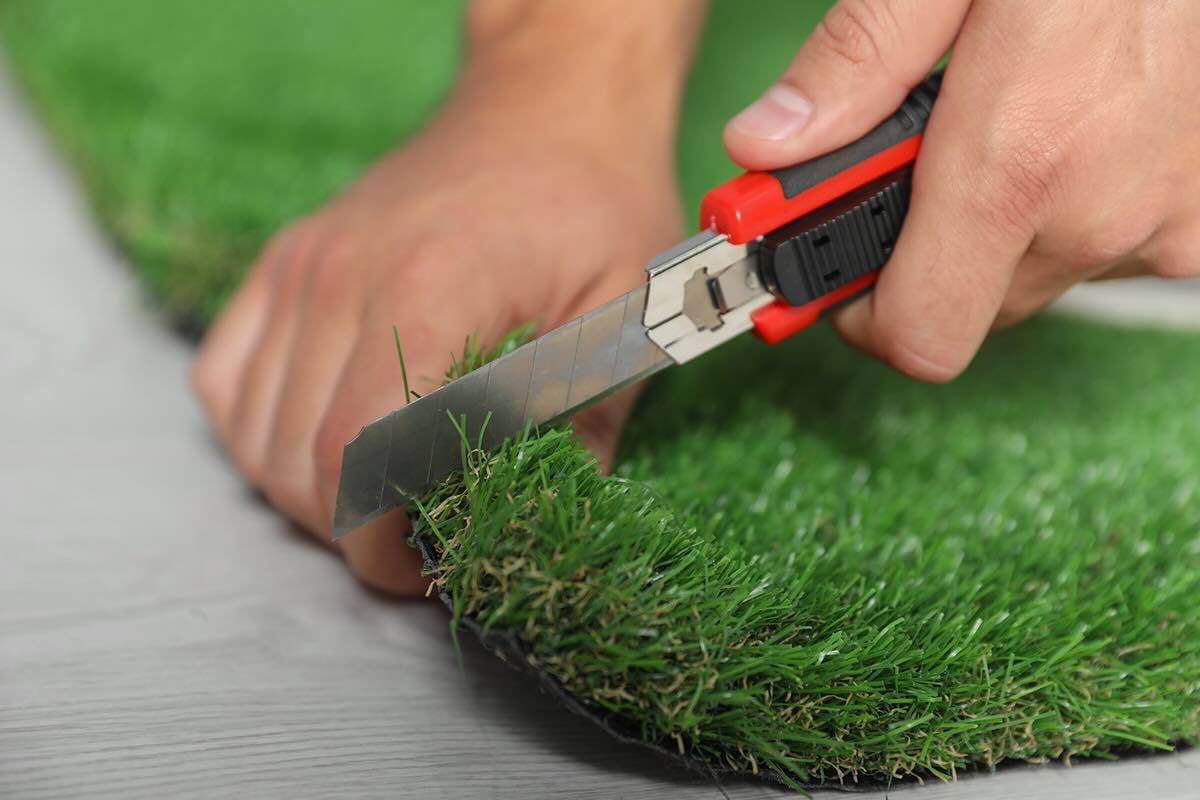
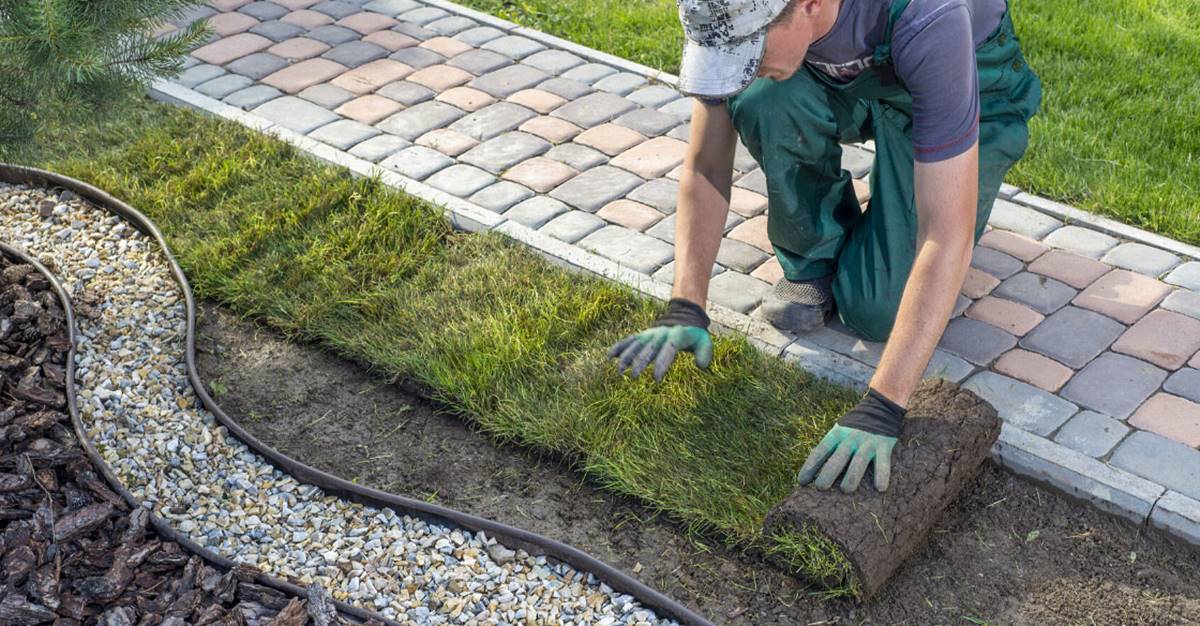
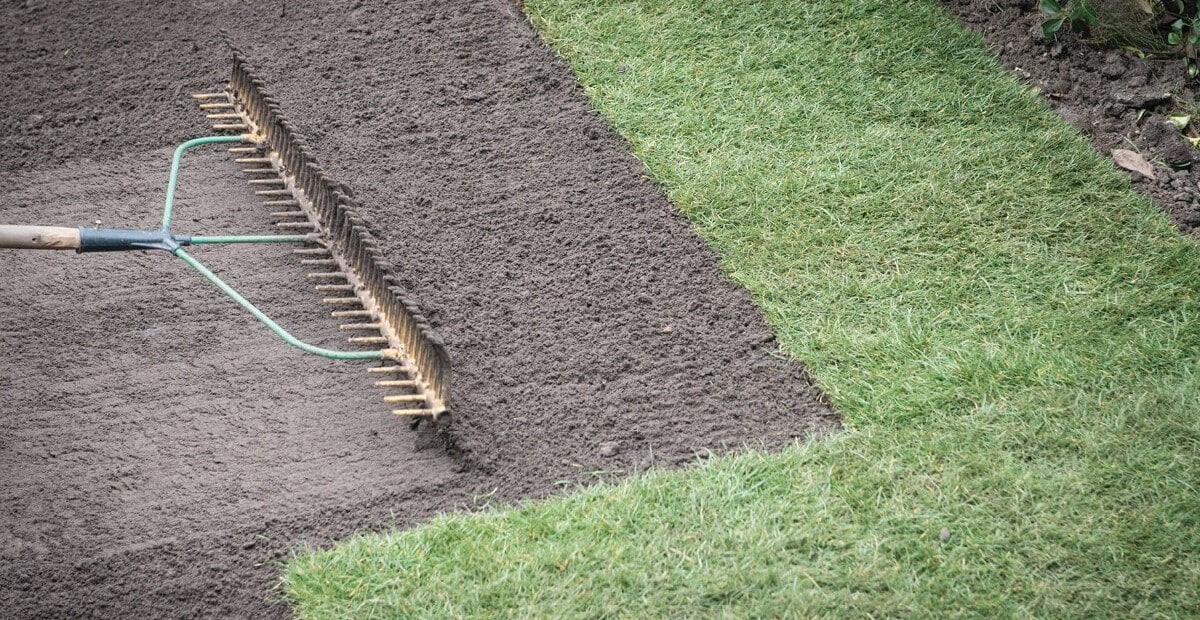
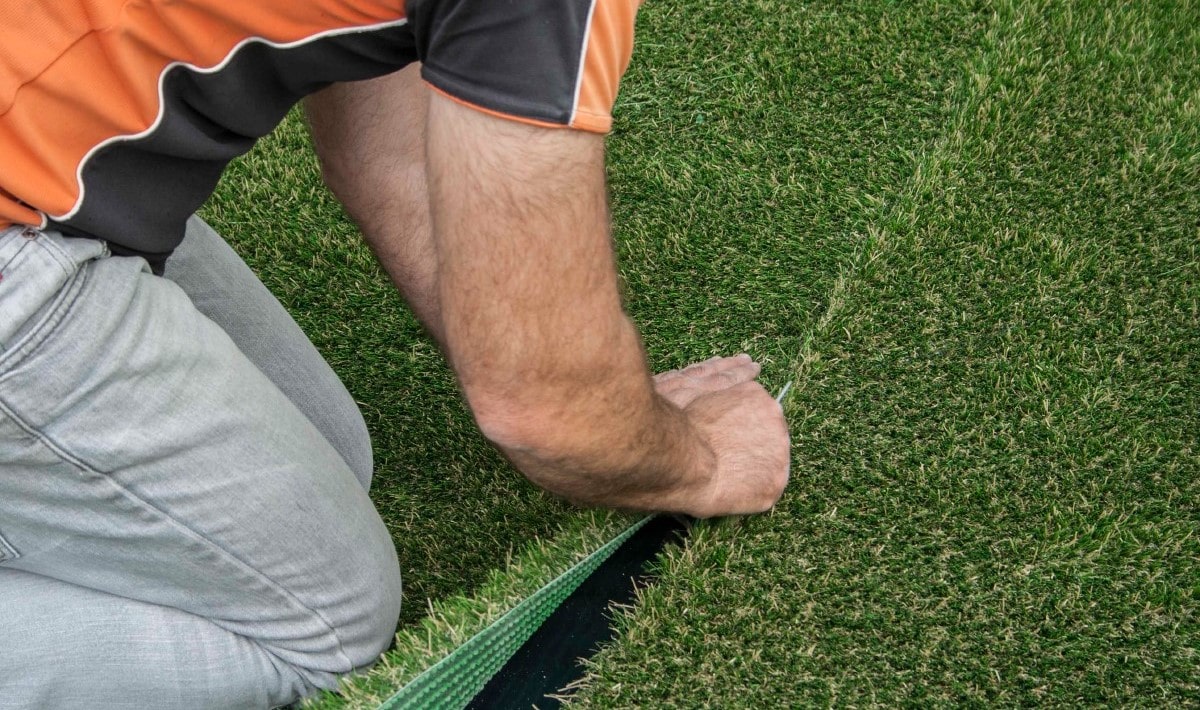


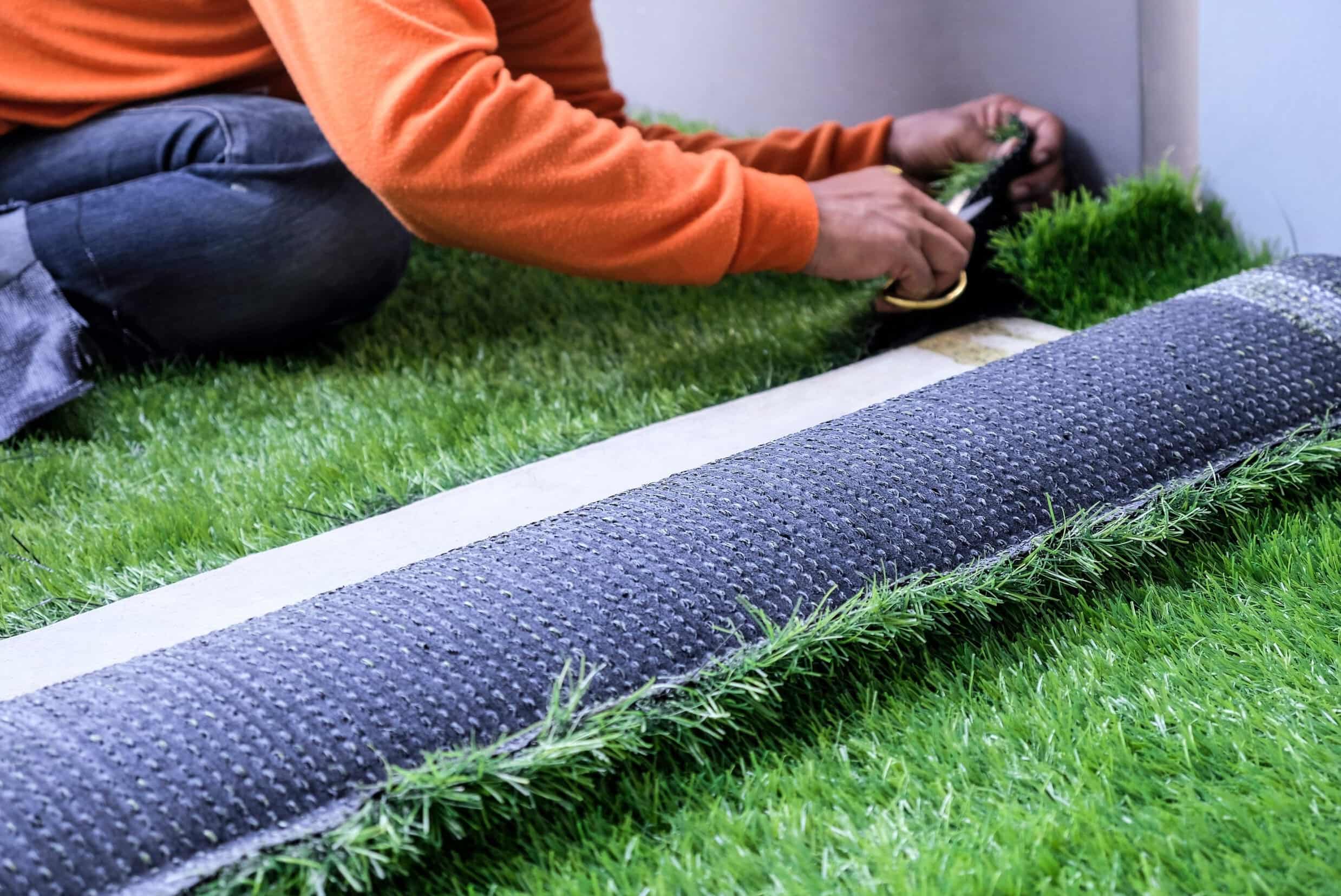
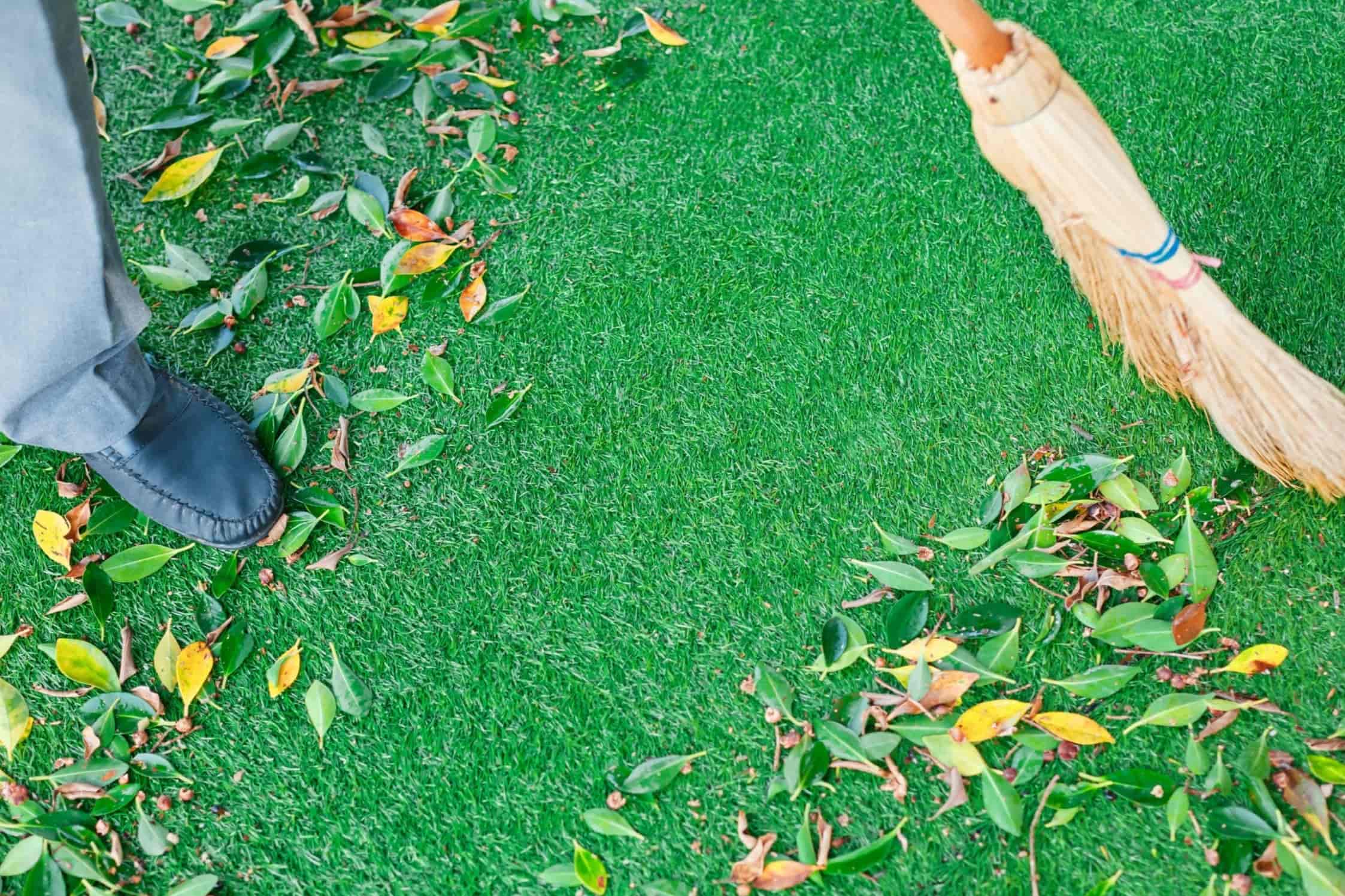

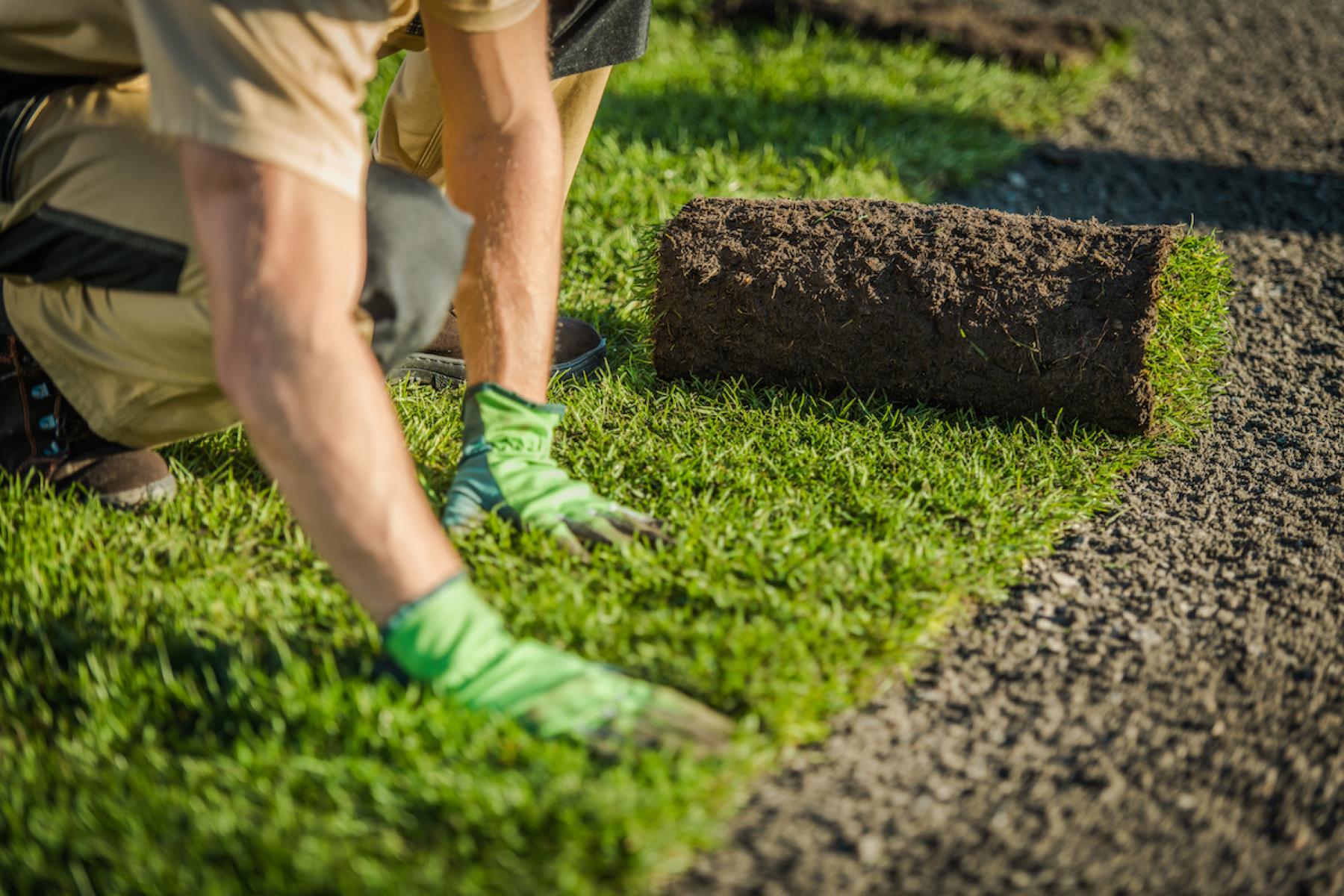

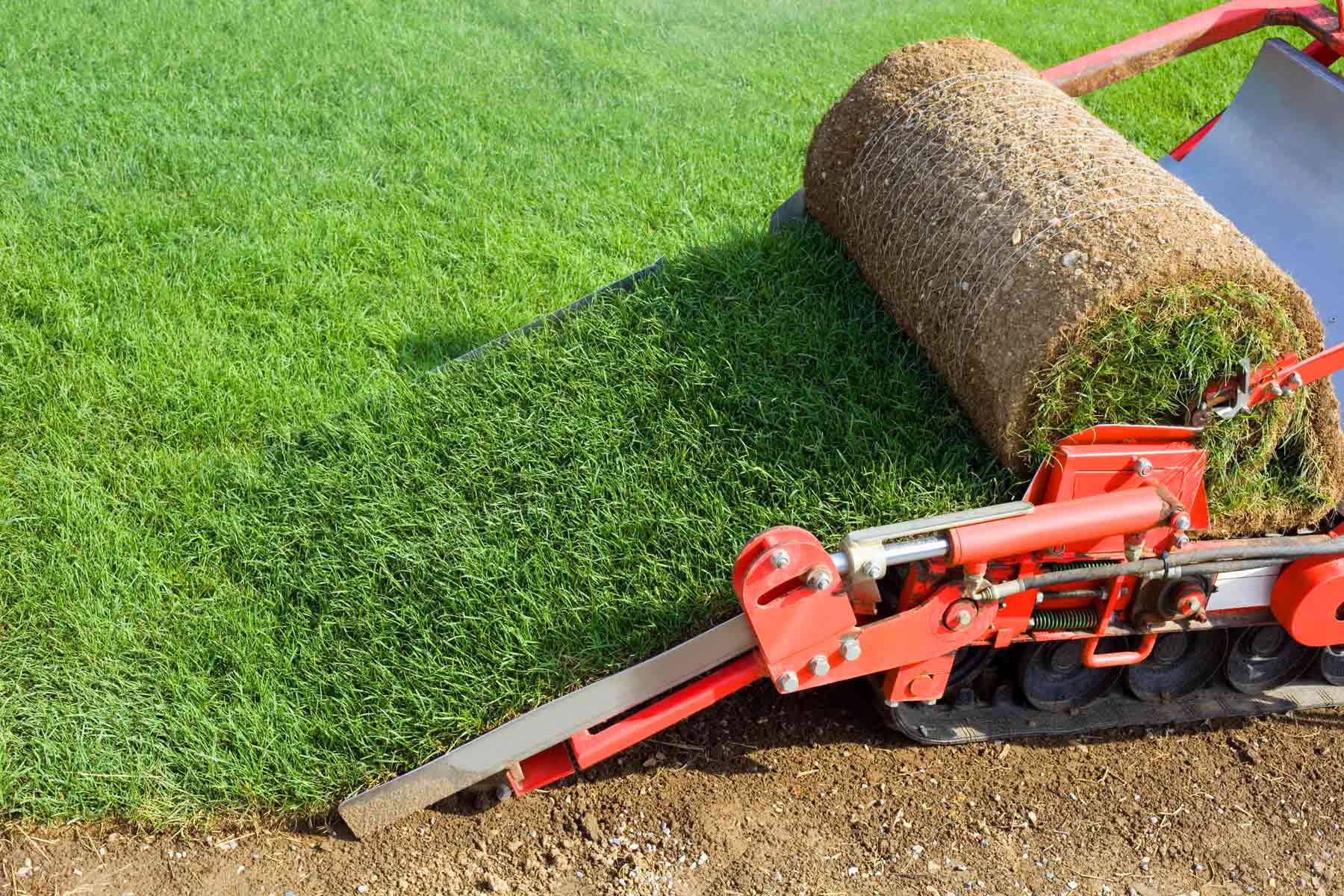

0 thoughts on “How To Turf Grass”